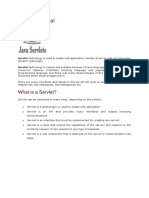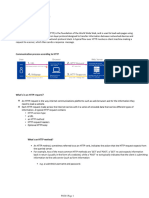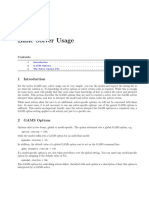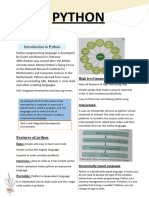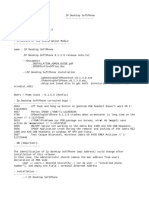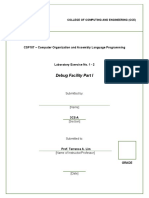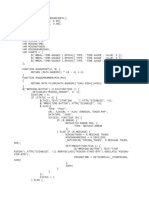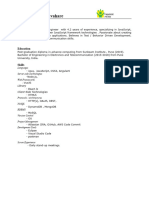0% found this document useful (0 votes)
7 views4 pagesWeb Application Basics
The document outlines the basic components of web applications, including the roles of end users, web clients (browsers), and servers. It explains the HTTP protocol used for communication between clients and servers, detailing the types of HTTP requests (GET and POST) and their differences. Additionally, it highlights the structure of HTTP responses and the significance of MIME types in indicating the content type sent to browsers.
Uploaded by
sahil mehtaCopyright
© © All Rights Reserved
We take content rights seriously. If you suspect this is your content, claim it here.
Available Formats
Download as DOCX, PDF, TXT or read online on Scribd
0% found this document useful (0 votes)
7 views4 pagesWeb Application Basics
The document outlines the basic components of web applications, including the roles of end users, web clients (browsers), and servers. It explains the HTTP protocol used for communication between clients and servers, detailing the types of HTTP requests (GET and POST) and their differences. Additionally, it highlights the structure of HTTP responses and the significance of MIME types in indicating the content type sent to browsers.
Uploaded by
sahil mehtaCopyright
© © All Rights Reserved
We take content rights seriously. If you suspect this is your content, claim it here.
Available Formats
Download as DOCX, PDF, TXT or read online on Scribd
/ 4





























